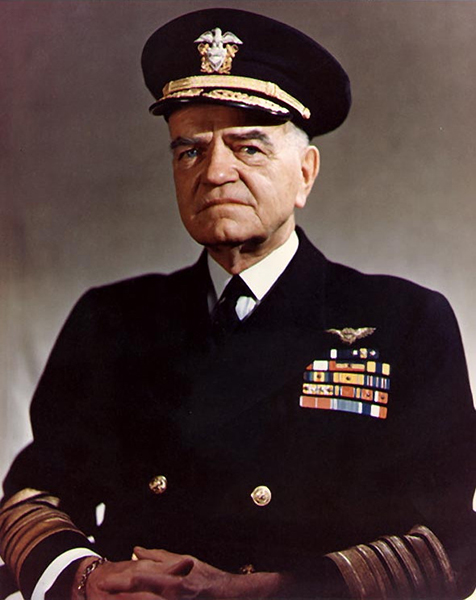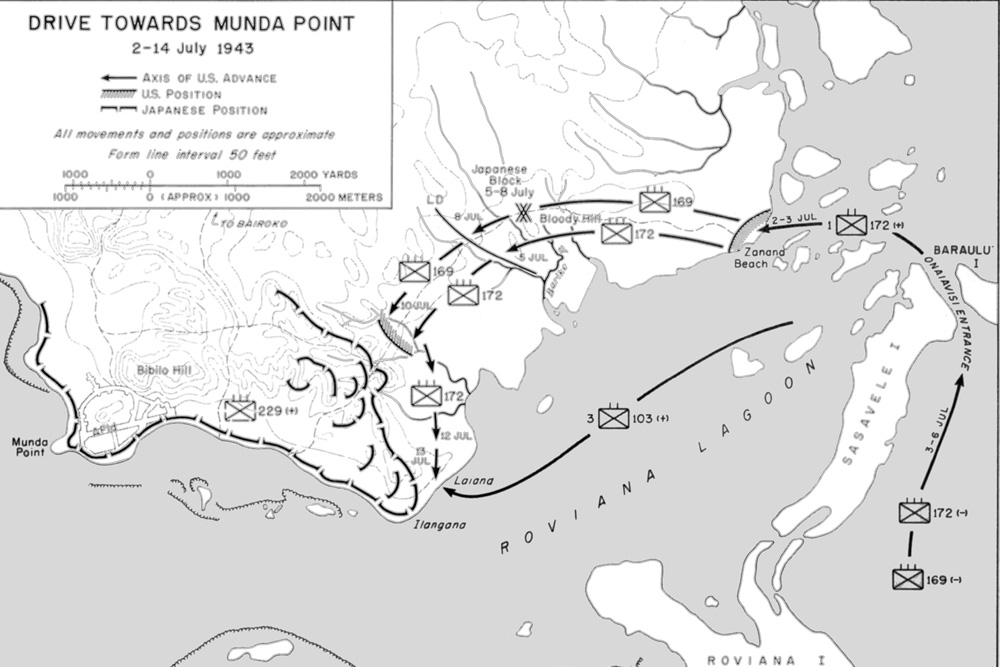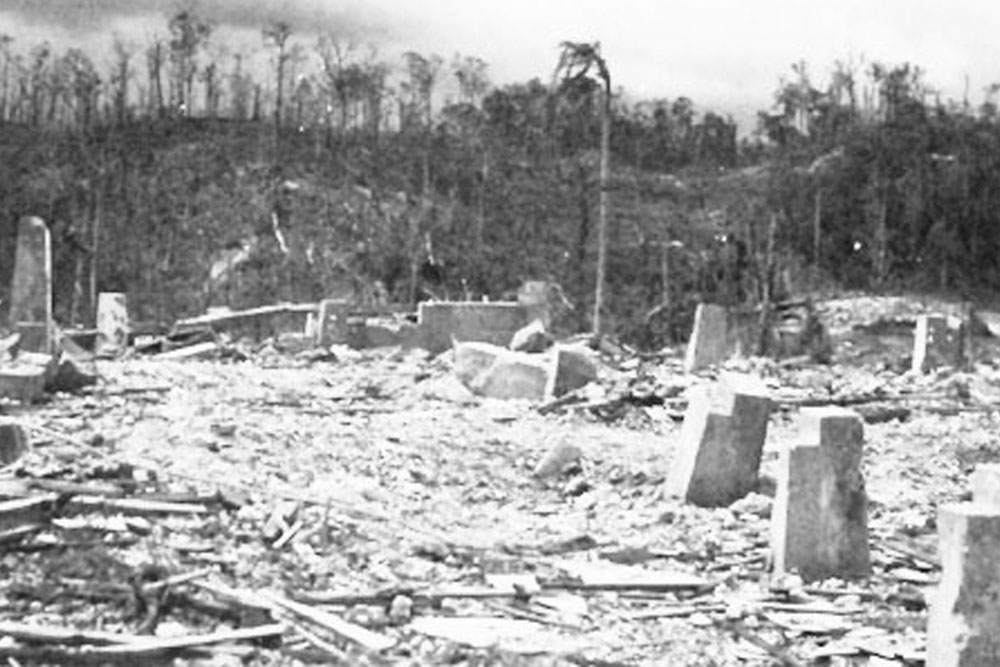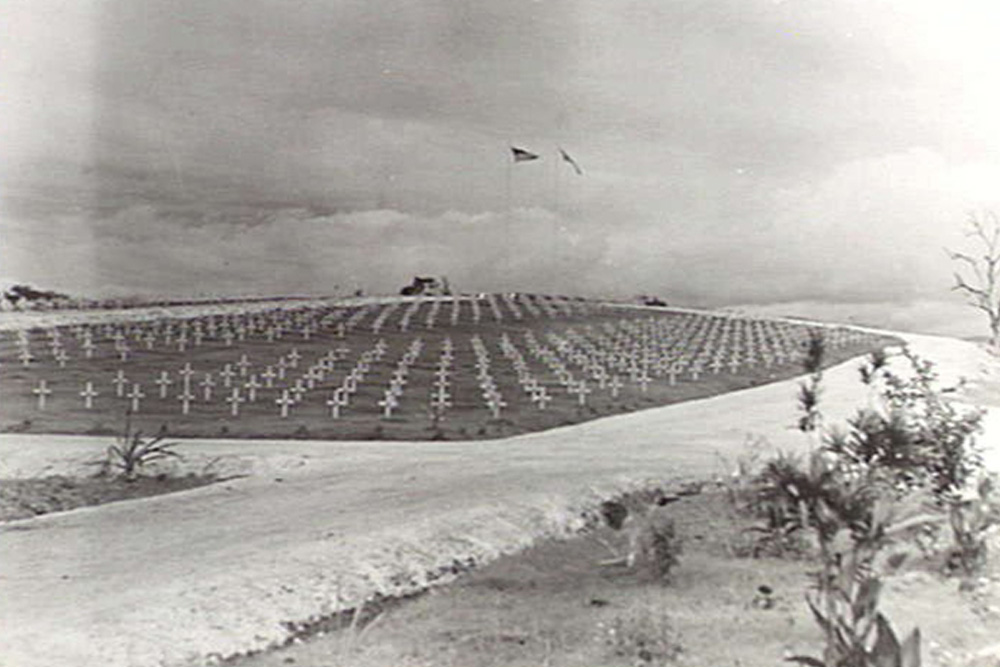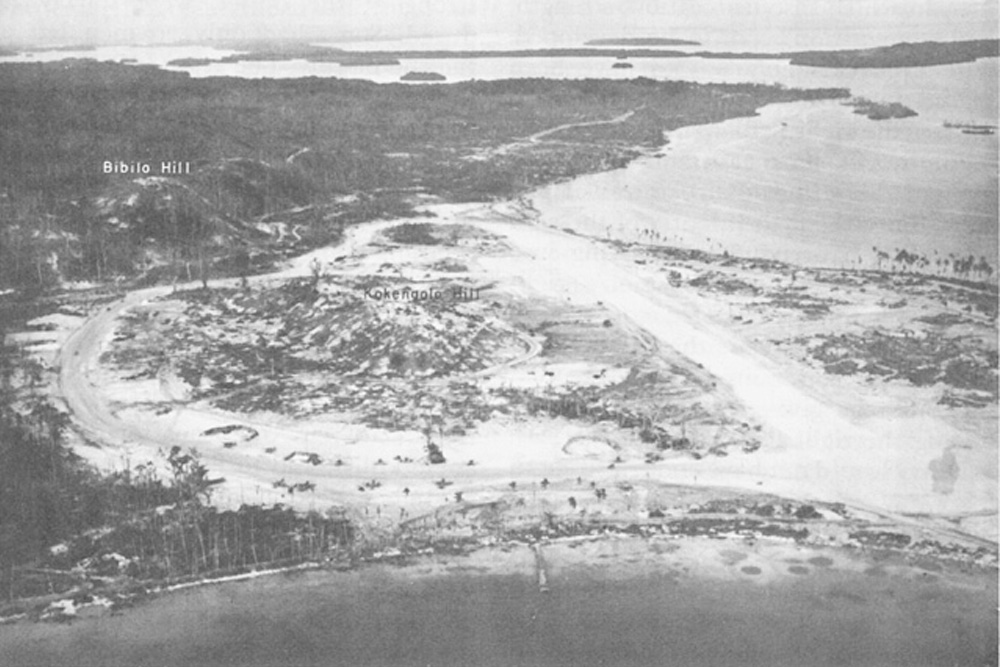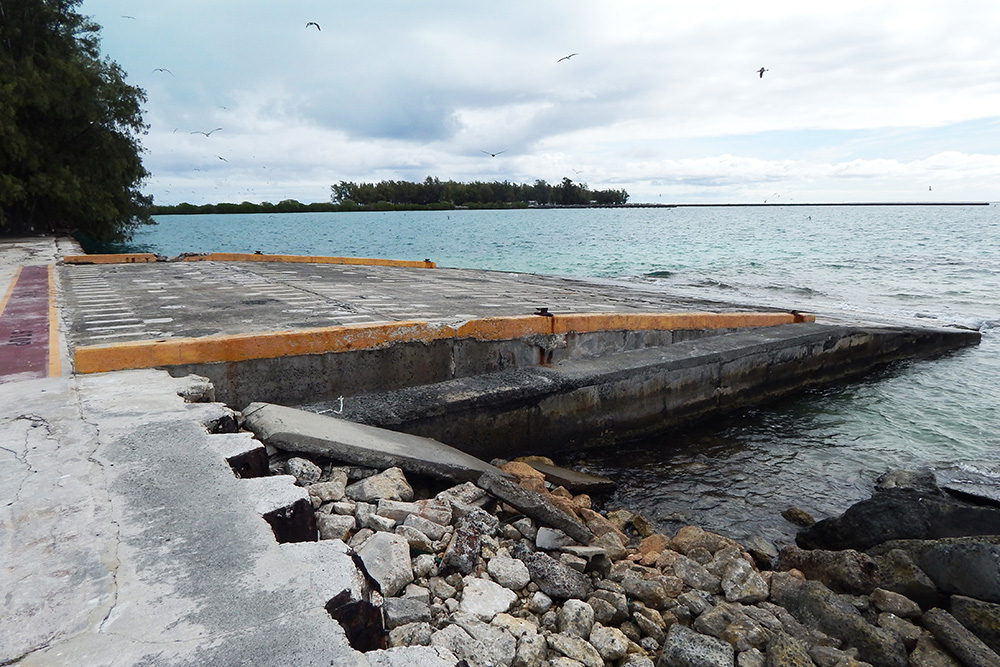Halsey, William Frederick "Bull" Jr.
- Date of birth:
- October 30th, 1882 (Elizabeth/New Jersey, United States)
- Date of death:
- August 16th, 1959 (Fishers Island/New York, United States)
- Buried on:
- Arlington National Cemetery
Plot: 2. Grave: 1184. - Nationality:
- American
Biography
Promotions:
2 February 1906: Ensign
2 February 1909: Lieutenant, junior grade
29 August 1916: Lieutenant Commander
1 February 1918: Commander
10 February 1927: Captain
1 March 1937: Rear Admiral
13 June 1940: Vice Admiral
18 November 1952: Admiral
11 December 1945: Fleet Admiral
Do you have more information about this person? Inform us!
- Period:
- First World War (1914-1918)
- Rank:
- Commander
- Unit:
- U.S.S. Shaw (DD-68), U.S. Navy
- Period:
- Second World War (1939-1945)
- Rank:
- Vice Admiral
- Unit:
- Marshall Raiding Force, Pacific Fleet, U.S. Navy
- Awarded on:
- April 1st, 1942
"For distinguished service in a duty of great responsibility as Commander of the Marshall Raiding Force, United States Pacific Fleet, and especially for his brilliant and audacious attack against the Marshall and Gilbert Islands on 31 January 1942. By his great skill and determination this drive inflicted heavy damage to enemy ships and planes."
Bureau of Naval Personnel Information Bulletin No. 301
With 3 Gold Stars
Bureau of Naval Personnel Information Bulletin No. 301
With 3 Gold Stars
- Period:
- Second World War (1939-1945)
- Rank:
- Admiral
- Unit:
- South Pacific Area, U.S. Navy
- Awarded on:
- December 20th, 1943
"For exceptionally meritorious and distinguished service in a position of great responsibility to the Government of the United States as Commander South Pacific Force and South Pacific Area from 19 October 1942 to 7 December 1943. During this period, Admiral Halsey's forces drove the Japanese out of the central Solomons and finally established bases on Bougainville Island. During offensive operations in the Solomons, Admiral Halsey was in command of all naval forces and of certain Army amphibious and air forces. He indoctrinated his Command with his own fighting spirit and determination to destroy the enemy and secured the life line to Australia and the Southwest Pacific."
Commander in Chief Pacific: Serial 5455
Commander in Chief Pacific: Serial 5455
- Period:
- Second World War (1939-1945)
- Rank:
- Admiral
- Unit:
- South Pacific Area, U.S. Navy
- Awarded on:
- 1944
"For exceptionally meritorious and distinguished services to the Government of the United States, in a duty of great responsibility during World War II. Promptly on assumption of Command of the South Pacific Area and South Pacific Force, Admiral Halsey announced it as his policy to weld the various services, Army, Navy, Marine Corps, and Allied Forces into an integrated, well-knit combat force with the mission of defeating Japanese forces and accomplishing the tasks prescribed by higher command and the Joint Chiefs of Staff. In this he inspired the unqualified support of all senior commanders, with the result that a major force, composed of all arms and services, was created and properly indoctrinated. This force, under Admiral Halsey's able leadership, accomplished all of the tasks assigned to it and developed much of the doctrine and procedure subsequently adopted for joint operations involving large amphibious forces of all arms and services. Throughout this extensive period of time and under pressure of difficult organizational and operational activities, Admiral Halsey adhered to sound principles of unity of command and it was because of his superior leadership, personal guidance, and strict adherence to these principles that such a highly successful combined force was created in the South Pacific. As a result of his conduct of command, the Army forces in the South Pacific Area were splendidly cared for and were able to accomplish the combat and logistic missions assigned in the most effective manner."
War Department, General Orders No. 48
War Department, General Orders No. 48
- Period:
- Second World War (1939-1945)
- Rank:
- Admiral
- Unit:
- Third Fleet, U.S. Navy
- Awarded on:
- February 13th, 1945
"For exceptionally meritorious and distinguished service in a position of great responsibility to the Government of the United States. As Commander THIRD Fleet from 15 June 1944 until 25 January 1945, he prepared for and executed the capture of the Western Carolines, and inflicted a crushing defeat on the Japanese Carrier Force in the Battle off Cape Engano on 25 October 1944 and associated attacks on the Japanese Fleet in waters of the Philippines. In a series of boldly executed attacks on enemy air forces, shipping and installations in the Ryukyus, Formosa, the Philippines, South China and Indo China he inflicted great damage to the enemy air force and destroyed shipping which was sorely needed by the enemy. His operations prepared the way for, covered and supported the recovery of the Philippines. His outstanding leadership, perseverance, initiative and fighting spirit assured the success of these operations. His conduct throughout was in keeping with the highest traditions of the United States Naval Service."
Commander in Chief Pacific: Serial 0721
Commander in Chief Pacific: Serial 0721
- Period:
- Second World War (1939-1945)
- Rank:
- Admiral
- Unit:
- Third Fleet, U.S. Navy
- Awarded on:
- September 10th, 1945
"For exceptionally meritorious and distinguished service in a position of great responsibility to the Government of the United States as Commander THIRD Fleet from 28 May to 2 September 1945. During this period he displayed outstanding professional ability, sound judgment and brilliant military daring during the attacks on the Japanese home islands. During this period, forces under his command attacked 260 airfields, put 2,965 enemy aircraft out of action, sank 57 and damaged 100 warships, sank 529 and damaged 969 merchant vessels and small craft. In addition, seven bombardment operations were conducted against the Japanese home islands. Because of these attacks by attendant allied forces, Japan accepted surrender terms on 14 August 1945. Subsequent to this Japanese capitulation he organized and effected the Naval occupation of the Tokyo Plains Area. Through his energetic leadership and devotion to duty he contributed greatly toward the defeat of the Japanese Empire. His conduct throughout was in keeping with the highest traditions of the United States Naval Service."
Commander in Chief Pacific: Serial 7058
Commander in Chief Pacific: Serial 7058
- Period:
- Second World War (1939-1945)
- Period:
- Second World War (1939-1945)
- Period:
- Second World War (1939-1945)
- Rank:
- Admiral
- Awarded on:
- 1945
- Period:
- Second World War (1939-1945)
- Period:
- Second World War (1939-1945)













